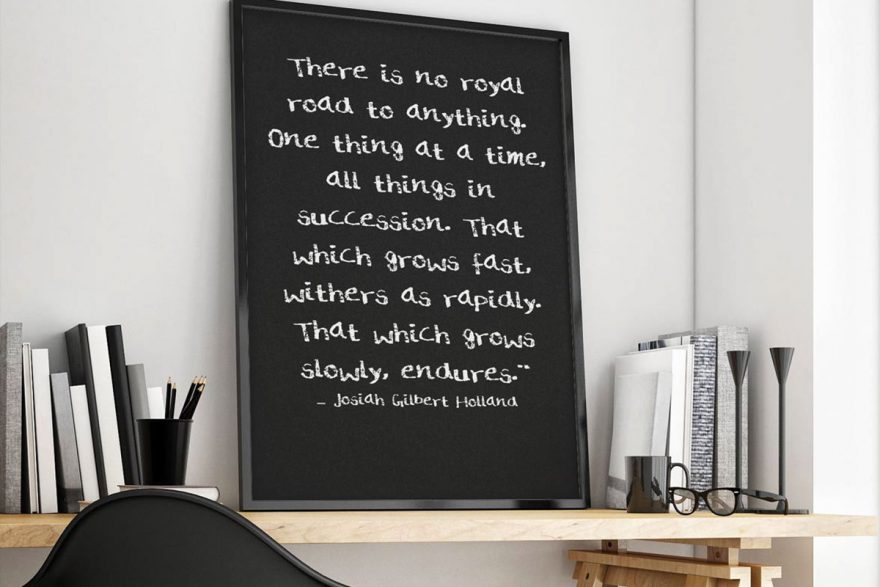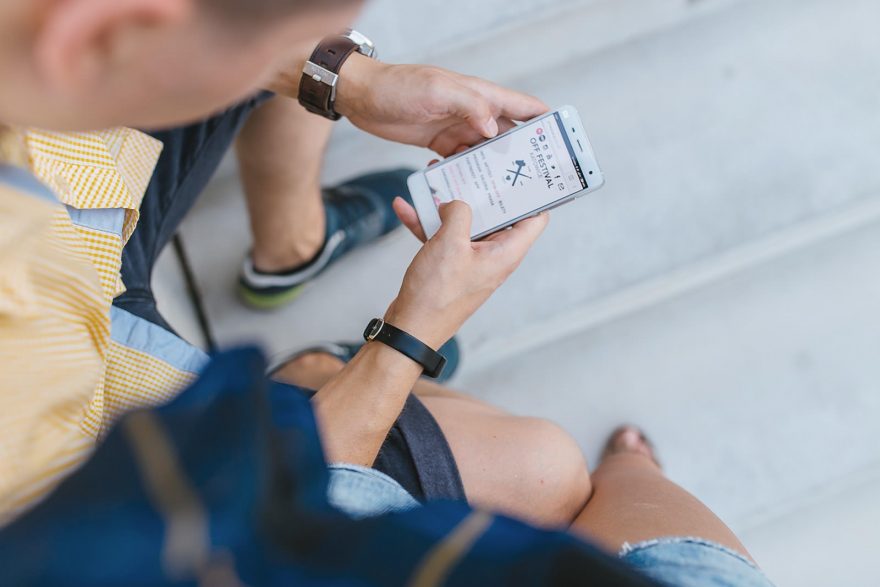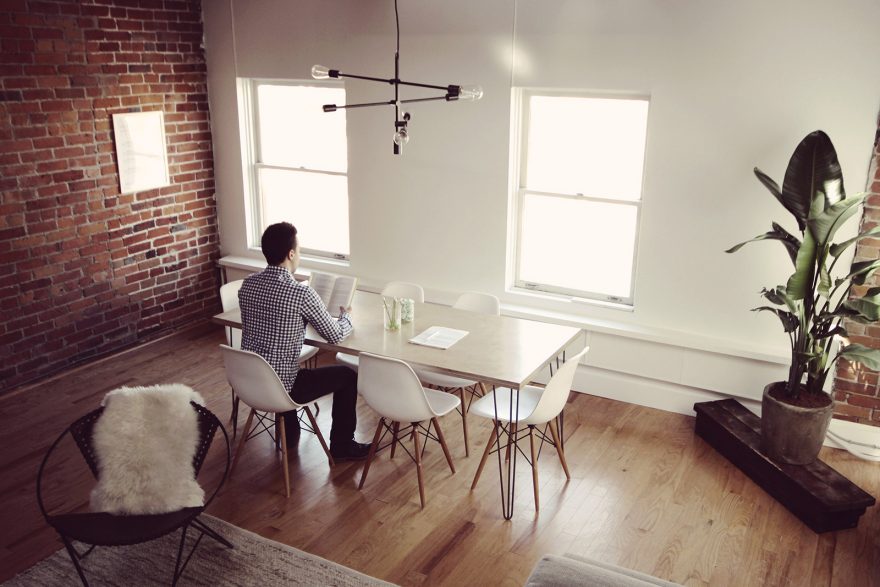Since Richard Nixon sweated and scowled his way through the first televised presidential debate with John Kennedy in 1960, TV’s importance in American politics has been well established: Being a successful politician, or at least getting elected, requires knowing how to look good on camera.
But if the first debate for president streamed live in virtual reality is any guide, it’s doubtful that this burgeoning technology will have much impact on politics whatsoever.
On Tuesday night, NCC partnered with virtual reality startup NextVR to make the Democratic presidential debate in Las Vegas available in real time in virtual reality to audiences anywhere, as long as they had a Samsung Gear VR headset.




SOCIAL